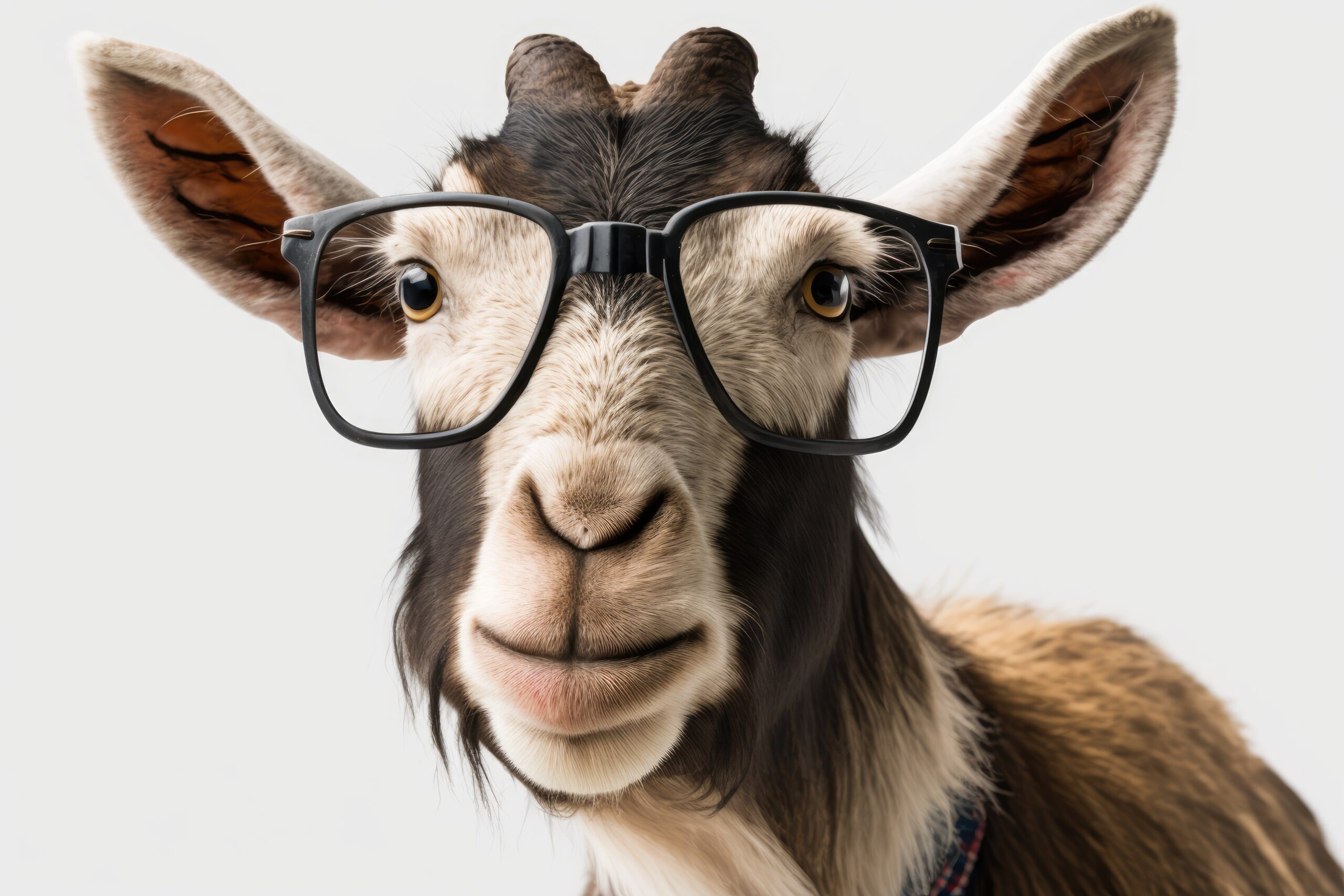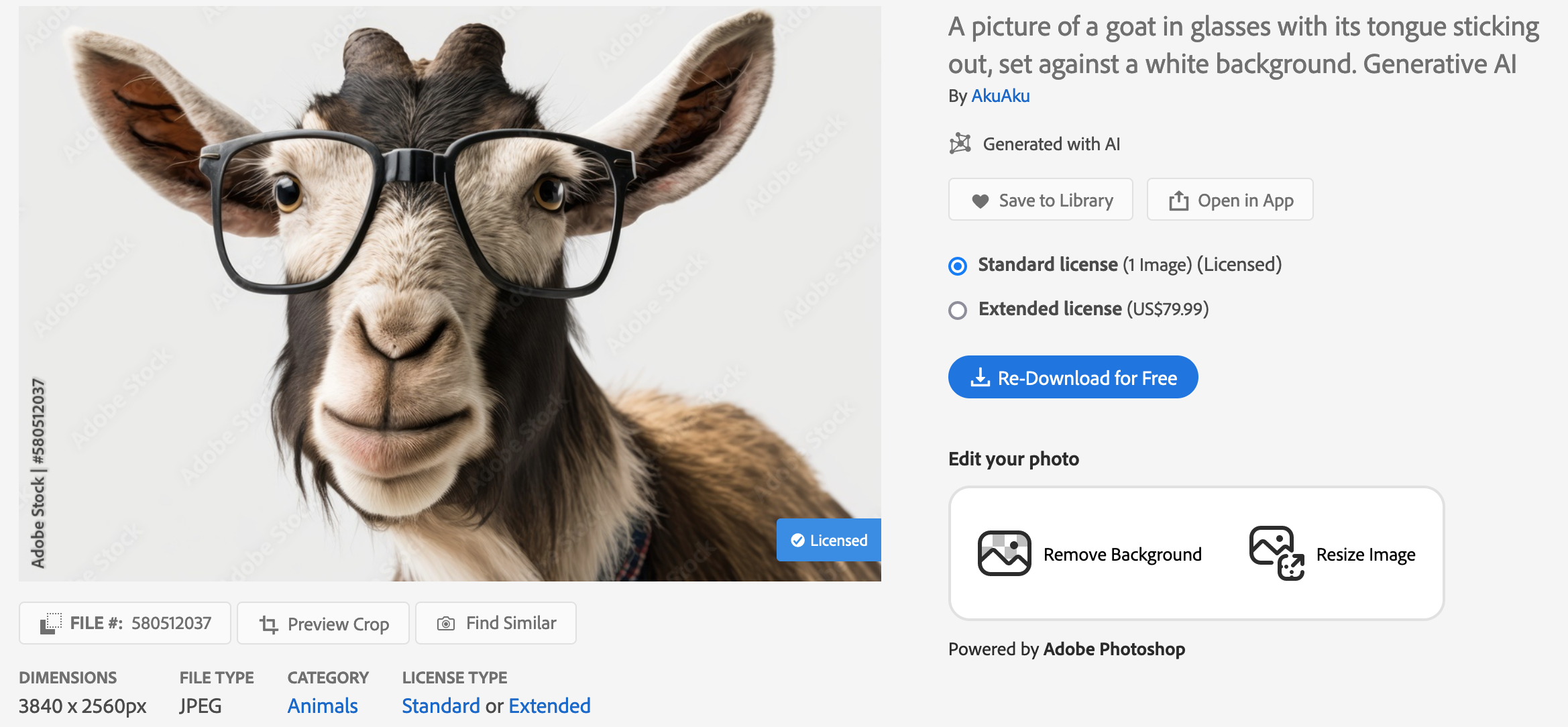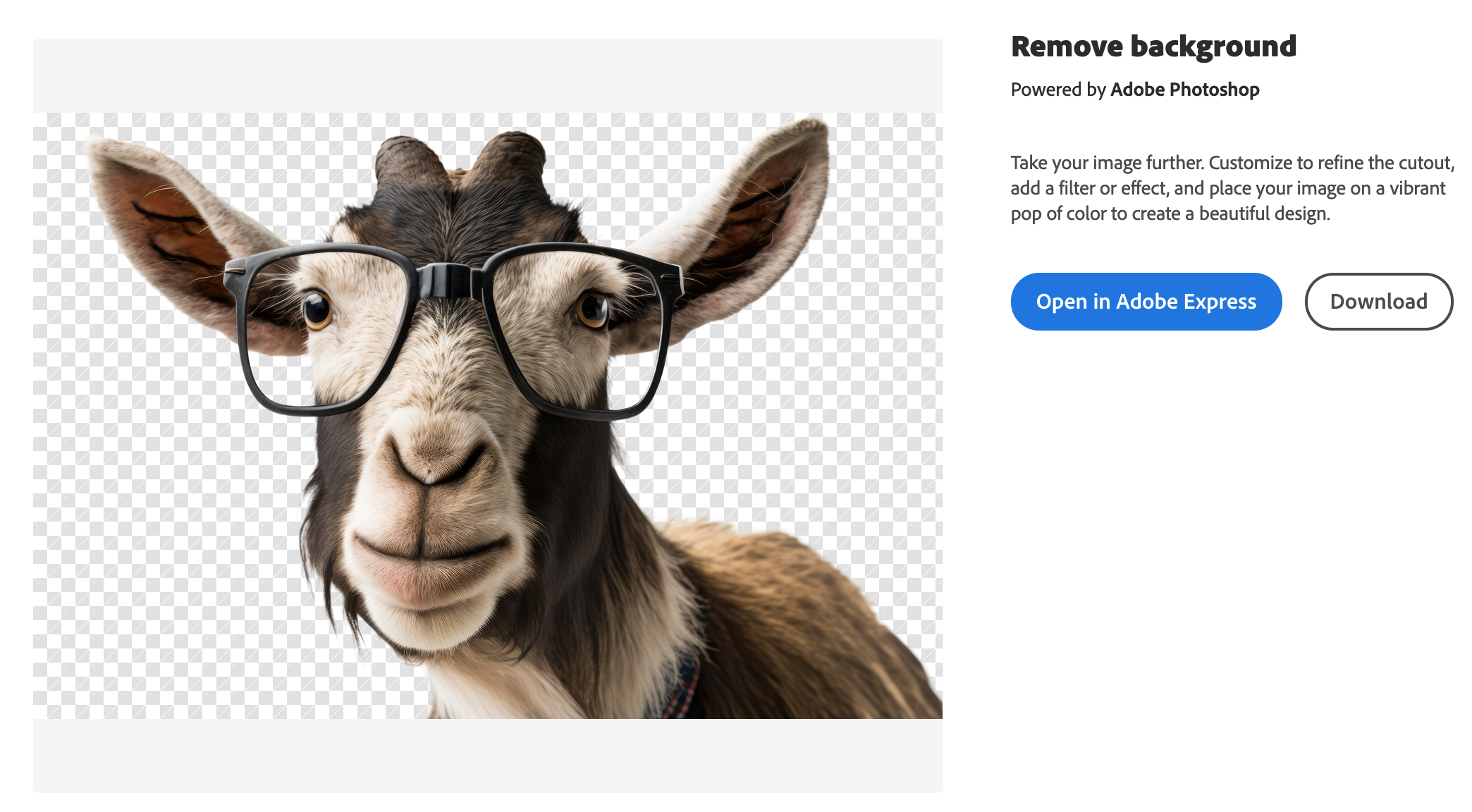My immediate thought after seeing Midjourney for the first time was “oooh, that’s not good for Adobe Stock Images.”
I have a license for Adobe Stock, which gives me the rights to download photos for slide decks and blog posts. It costs about $30/month, and generally I’ve found it to be worth it. It’s more convenient than trying to use a search engine filtered for creative commons licensed images, and it tends to have higher quality images with a decent selection. (Also, it’s significantly less expensive than having a copyright infringement issue if you skip the creative commons search altogether.)
I recently tried Midjourney, a tool for generating images with AI. It was $10/month to get accelerated compute time over the free tier. The interface is via Discord. You put your prompt into a public channel and wait for it to generate your image, all while other people are doing the same.
The process was less convenient than simply downloading the image I wanted; it definitely took me many tries to finesse my prompts to get the result I was looking for. (One of the cool things about the interface being in a public Discord channel, though, is that I could learn from watching other people’s prompts. The social aspect of learning to prompt was very cool.)
Where Midjourney shone, though, and what gave me that “oooh, what’s going to happen to stock photos?” reaction was the change in what was possible. Instead of being able to choose from a selection of existing photos that was constrained by what someone else had already thought to create, edit and sell as a stock photo, I could make anything I wanted.
Was the quality going to be as good as a professional stock photo? Depends. But the process of considering what result I wanted (vs. what was merely available) was so much more fun than browsing a stock photo website. Midjourney lets us optimize for our own creativity.
So are stock photo vendors in trouble?
On the June 26 episode of Oxide and Friends, Bryan Cantrill and Adam Leventhal talked about “AI doomerism.” In the introduction to the topic, Bryan drew parallels to the economics principle of ceteris paribus.
Ceteris paribus is one of the base assumptions in economics that means ‘all else being being equal.’ The goal of the assumption is to find causal relationships between variables by assuming that everything around them is constant. This (of course) does not reflect reality.
When we think about the impact of AI, we can’t assume ceteris paribus. We can’t assume things will be held constant. Midjourney is not a disruptor operating in a vacuum.
Adobe has done an amazing job baking AI advancements (what Adobe refers to as “Sensei”) into their core products for years. (Here’s my colleague Fintan Ryan’s take about how Adobe has meaningful AL/ML use cases that are “directly applicable to Adobes product line” from 2016.) Adobe is very much not standing still in this AI landscape.
As an example, I recently licensed a picture of a very professional goat for a client slide deck.
Image Credit: Licensed from AkuAku – stock.adobe.com
I noticed that Adobe:
- has tagged this as “generated with AI” (meaning someone out there who is much better at generating and editing AI images than me has a market in which to sell it)
- had integrated the ability to create one-click transparent backgrounds into their stock images product
If you needed additional edits beyond the transparency, you could click into Adobe Express for further free light editing.
It was amazingly convenient and such a great user experience. And convenience and ease of use can frequently carry the day.
All of which I share because this was good reminder to me that the potential paths of disruption from AI tools are not always clear, especially given that existing tools will not be standing still. Even as AI proves to be a potential disruptor to many markets, we cannot assume ceteris paribus. Everything is going to be moving and adapting simultaneously.



No Comments